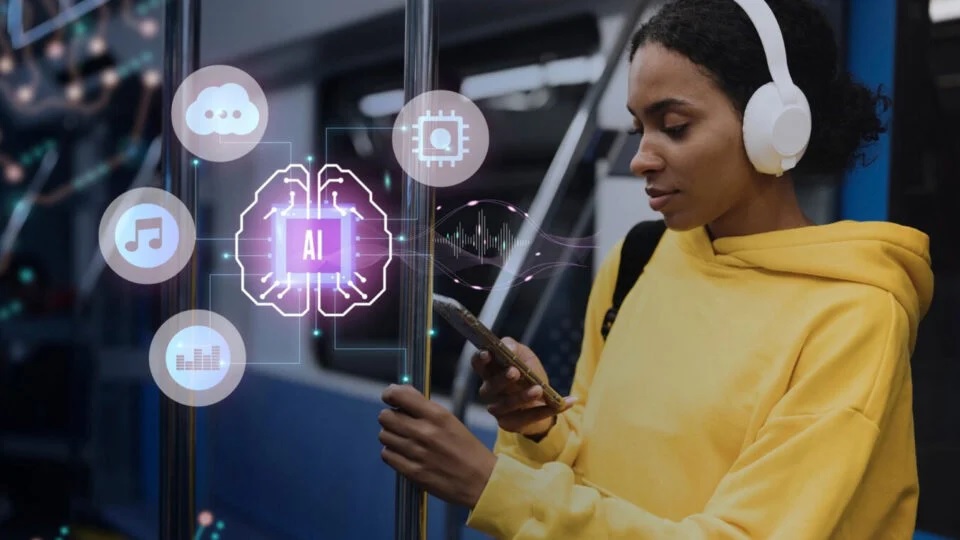As we have stepped into the realm of 2024, the artificial intelligence and data landscape is growing up for further transformation, which will drive technological advancements and marketing trends and understand enterprises’ needs. The introduction of ChatGPT in 2022 has produced different types of primary and secondary effects on semantic technology, which is helping IT organizations understand the language and its underlying structure.
For instance, the semantic web and natural language processing (NLP) are both forms of semantic technology, as each has different supportive rules in the data management process.
In this article, we will focus on the top four trends of 2024 that will change the IT landscape in the coming years.
Reshaping Customer Engagement With Large Language Models
The interest in large language models (LLMs) technology came to light after the release of ChatGPT in 2022. The current stage of LLMs is marked by the ability to understand and generate human-like text across different subjects and applications. The models are built by using advanced deep-learning (DL) techniques and a vast amount of trained data to provide better customer engagement, operational efficiency, and resource management.
However, it is important to acknowledge that while these LLM models have a lot of unprecedented potential, ethical considerations such as data privacy and data bias must be addressed proactively.
Importance of Knowledge Graphs for Complex Data
The introduction of knowledge graphs (KGs) has become increasingly essential for managing complex data sets as they understand the relationship between different types of information and segregate it accordingly. The merging of LLMs and KGs will improve the abilities and understanding of artificial intelligence (AI) systems. This combination will help in preparing structured presentations that can be used to build more context-aware AI systems, eventually revolutionizing the way we interact with computers and access important information.
As KGs become increasingly digital, IT professionals must address the issues of security and compliance by implementing global data protection regulations and robust security strategies to eliminate the concerns.
Large language models (LLMs) and semantic technologies are turbocharging the world of AI. Take ChatGPT for example, it's revolutionized communication and made significant strides in language translation.
But this is just the beginning. As AI advances, LLMs will become even more powerful, and knowledge graphs will emerge as the go-to platform for data experts. Imagine search engines and research fueled by these innovations, all while Web3 ushers in a new era for the internet.
To Know More, Read Full Article @ https://ai-techpark.com/top-four-semantic-technology-trends-of-2024/
Related Articles -
Explainable AI Is Important for IT











